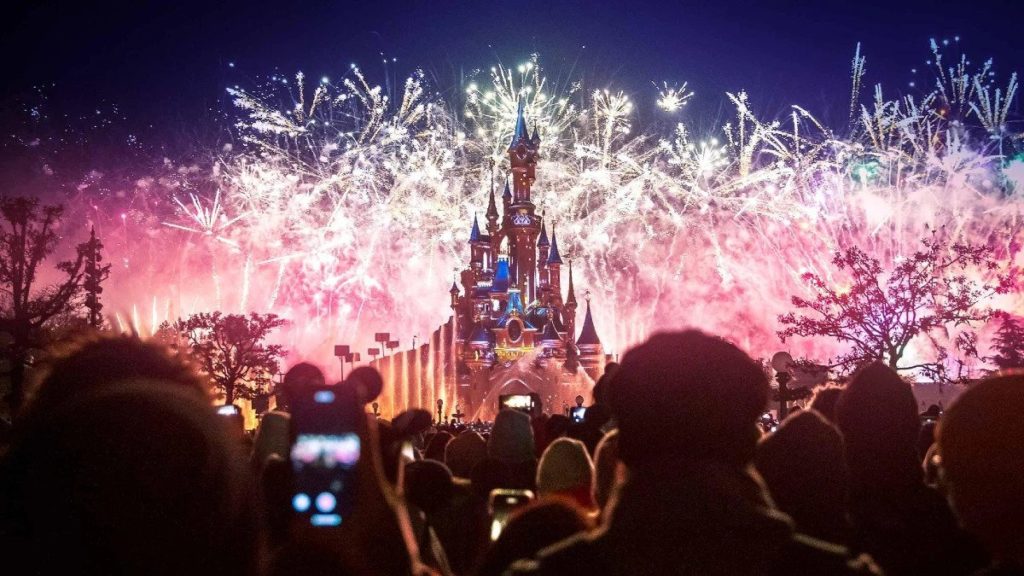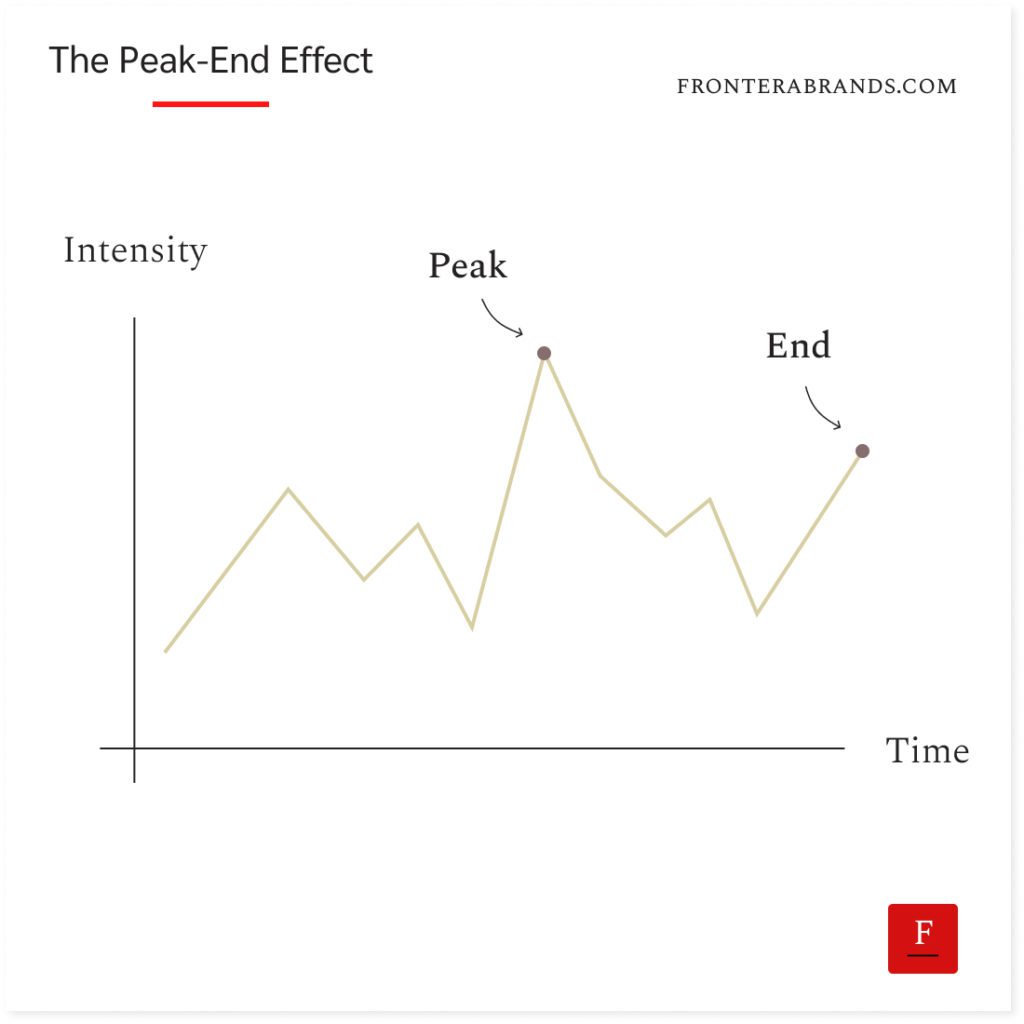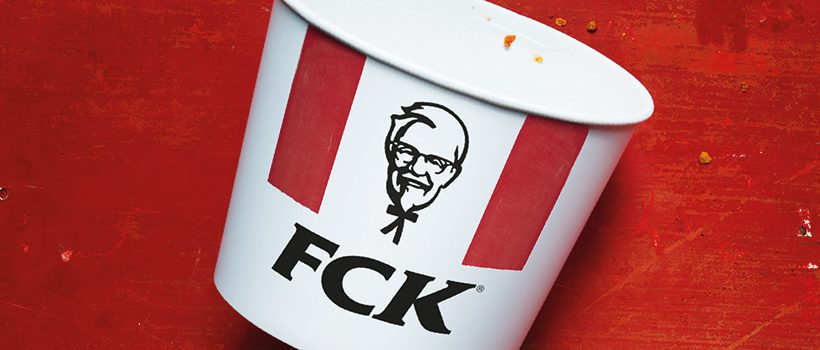The peak-end effect is when our minds use the peaks and ends of experiences to build a memory.
Let’s see how it works with a story from Disneyland.
And we’ll finish with other examples (a hotel chain and KFC) to understand how to use it in business.
Joe was in Paris with his girlfriend.
After spending a few days visiting museums and eating delicacies of French cuisine, they decided to go to Disneyland.
Their hotel was in the city center.
And the theme park was out of the city.
So they had to wake up early the next day to catch a train to be on time for the opening.
When they arrived, they waited half an hour to buy their tickets.
Joe complained that they should have bought the tickets online.
But it was too late.
After they entered the park, waiting only got worse.
At first, they waited 40 minutes for each ride.
But soon, the park started to get crowded.
So the waiting times became over one hour for the popular rides.
And what’s worse was the rides lasted like 50 seconds after all that waiting.
After trying only a few rides in three hours, Joe and his girlfriend got hungry.
They ate in one of the Disney-themed restaurants.
The food was average.
And expensive.
They rested their exhausted legs in the noisy restaurant full of kids.
And then proceeded to the next waiting line…
A few days later, Joe returned home.
When his friends asked Joe about Disneyland, he said:
“It was amazing. Space Mountain was one of the best roller coasters I ever tried. And the fireworks at the end of the day with all those lights and Disney characters… a magical experience.”

The Tyranny Of “Remembering Self”
So how did this happen?
After spending his day waiting in the queues and having one of the most tiring days of his life, how could Joe remember Disneyland as a positive experience?
Daniel Kahneman and Barbara Fredrickson found an answer to this question in 1993.
They realized our minds don’t form memories by taking the average joy (or pain) we get from the experience.
But it uses the emotional peaks and the end as a shortcut.
And acts as if the rest never happened.
This sometimes creates a discrepancy between the real experience and the memory.
It’s as if we are two different people.
One is experiencing self.
Like Joe when he woke up early to take a train, waited in lines for hours, and rode different roller coasters for a minute.
And the other one is remembering self.
Like Joe when he returned home.
He only remembered snapshots: the best moments from the roller coasters (the peaks) and the firework show (the end).
So he built his opinion about Disneyland based on those memories.
But not on the low-intensity pain (and boredom) he suffered in queues.
This is the peak-end effect.

Three Details to Better Understand The Peak-End Effect:
- Can cause positive or negative memories: Joe’s example was an overall bad experience remembered as a good one. But the opposite can also happen. Imagine a good dinner ending with a discussion about the check with the waiter. How would you remember that restaurant?
- Duration doesn’t matter: Joe’s unpleasant moments at Disneyland lasted much longer than the exciting ones. But he still formed a positive memory as the exciting ones were more intense and one came at the end.
- It comes from evolution: We can’t remember every moment we live. So our minds evolved to use this shortcut to efficiently remember experiences. We remembered the good emotional peaks to pursue them again, and the bad peaks to avoid them in the future.
The peak-end effect has a strong influence on our memories — hence future decisions.
And sometimes it works against us.
Kahneman made another study on people who go through colonoscopy procedures.
The first group went through the standard procedure (which was quite uncomfortable).
But for the second group, doctors made a change.
After applying the same procedure, they prolonged it with decreased discomfort.
So the second group suffered more overall.
But with less intensity toward the end.
Guess what happened?
The second group reported the procedure as less painful.
And they were more likely to go through it again.
So people preferred more pain to less.
Because of how our minds form memories.
Kahneman says: “We don’t choose between experiences, we choose between memories of experiences.“
So, how can you turn it into an advantage in business?
Three Tips To Use The Peak-End Effect In Business:
1. Create positive peaks
DoubleTree Hotel has a tradition.
They welcome all guests with a warm chocolate chip cookie.
It’s genius.
Imagine you check in at a hotel.
Most likely you are hungry after a long journey.
And right when you expect to get through the boring check-in process, they give you a delicious, warm cookie.
How can you forget that?
On Hilton’s website, they have a specific page about this 37-year-old tradition.
“The simple gesture of offering a warm DoubleTree Cookie at check-in has become synonymous with the brand’s commitment to providing guests with a warm welcome and unforgettable stay.”
They are right.
Because it creates a positive peak in guests’ experience.
People might forget all the average amenities in the hotel, but they remember that cookie.
So do the same in your business.
How?
The easiest way to do it is to break patterns in people’s minds.
Like an unexpected note on a confirmation page.
Or an extra service they don’t expect.
Remember the salience bias.
Break the patterns to stay in your customers’ minds forever.
2. Turn troughs into peaks
The peak-end effect shows a big risk.
Your product might work perfectly for 364 days.
But if it fails one day, people will remember that time it failed.
And make their future decisions based on that memory.
We’ve talked about a good restaurant remembered with a discussion about the check.
So pay attention to not cause any negative peaks with your products and services.
But let’s be honest.
It’s easier said than done.
Life is full of unknown unknowns.
And sometimes disasters happen out of your control.
Listen to this.
In 2018, KFC ran out of chicken in the UK.
Is there something worse that can happen to a chicken fast food chain?
Their operations stopped in half of the country.
Customers and the media were killing them.
So what did they do?
They owned it.
And turned the disaster into a positive peak in people’s minds with a legendary ad campaign: “FCK.”

Rather than a boring corporate apology, they made fun of themselves.
“A chicken restaurant without any chicken. It’s not ideal.”
And they gave a clear explanation of why it happened.
It worked.
The moral of the story?
Failures happen.
But always find a way to turn them into positive peaks.
3. Finish strong
Game of Thrones was great.
But most people remember it with its weak last season and terrible ending.
As if the first 7 seasons never happened.
So how you finish something matters (a lot).
Sometimes how you part ways after a business partnership.
Sometimes how you finish a meeting or an event.
And sometimes how you end a piece of writing.
To build a positive memory in people’s minds, pay extra attention to the last steps.
Finish strong.
P.S. Joe’s story is based on my experience 10+ years ago. So yes, Disneyland was fun.
–
Enjoyed this article?
Then you’ll love the How Brands Win Newsletter.
Get the “7 Positioning Sins That Cost B2B Brands Millions” guide when you join. It’s free.
